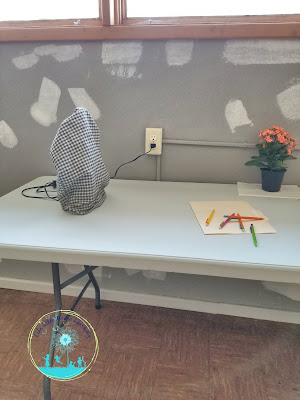Recently I taught a biology lab class at our local homeschool co-op. Since we were the majority of the labs out of Apologia High School Biology in a semester rather than a year, I also provided the kids with an overview of the information. How else would the labs make sense? Really it worked well, and we completed the labs a week earlier than expected, so I wanted to do something fun for the last day of class. A Biology Themed Escape Room!
It was great! It reviewed skills they had been taught while engaging their critical thinking and group cooperation skills.
Supplies for a Biology Escape Room
- The Printable Pack (Available in the Resource Library)
- At least 4 Lockable Containers you can see into. We used cat carriers.
- 2 3-Digit Locks
- 4-Digit Locks
- 5-Digit Lock with numbers and letters
- Microscope with Animal Slide (optional)
- Stuffed Animals (optional)
- Potted Plants (optional)
Setting Up Your Biology Escape Room
Once everything is in place according to the instructions in the printable pack, hide the remaining clues throughout the room. Time to let the kids in, so they can stop Dr. Frank and free the animals!
Solving the Biology Escape Room
My students had about an hour to complete this room as well did go over a little info before I introduced the escape room idea. You of course can vary this to fit your students ability and the number of kids you have participating. I had four, high school age students.
After they have searched through the room to uncover as many of the puzzle pieces as they can they will have to start tackling the puzzles. Since some of the clues are hidden within the locked cages they will have to work in a specific order for part of the time.
The Punnett Square is the first puzzle they need to solve, and they will need to find both the phenotype and genotype of the highlighted square. The phenotype they determine tells them which cage to open, and the genotype gives them the lock combination. Under the animal they should find a portion of a butterfly.
The next puzzle is the parts of a cell puzzle. The have 3 cell options to look at (a prokaryote, an animal cell, and a plant cell). They decide which to look at based on what they find on the microscope. If you don't have a microscope just use the picture included in the printable pack.
Once they know what type of cell to look at they can use the image of lightning, brain, and box to select the numbers for the mitochondria, brain, and golgi giving them the second combination. Under this animal they will also find a portion of a butterfly.
They can now use the combined butterfly parts on the Dichotomous Key to discover the final combination. Under this animal they should find plant clue. When they find the correct plant the key is hidden there, so they (and the freed animals) can escape!
















.jpg)
.jpg)






